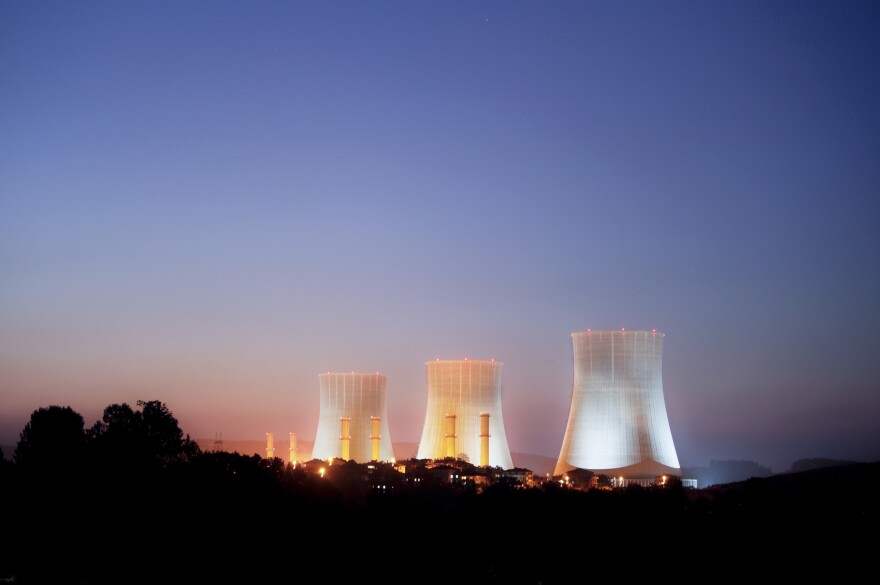A state appeals court has rejected a challenge by environmental groups who were trying to block plans for Utah’s first nuclear power plant. Now one of those environmental groups is challenging the nuclear company’s plan to move forward.
The former state legislator behind the plans to build a 3,000 megawatt nuclear power plant outside Green River city, Aaron Tilton, says the Blue Castle Project can proceed partly because the Utah Court of Appeals affirmed its water rights last week. Tilton says he’s almost ready to talk with utility companies that might be interested in buying electricity or investing in the power plant itself.
“All of that seems to be coming together,” he says, “and you’ll see some additional developments over the next 6 months or a year and a few years out, bringing together utilities into the project and moving forward.”
One factor is that reactors like the one Blue Castle has in mind – Westinghouse’s AP1000 -- are being built in the United States and overseas. Tilton says they show that project costs for his project probably will be closer to $12 billion than the $20 billion dollars estimated just a few years ago. But opponents say Blue Castle plans have barely advanced since being announced 9 years ago. Matt Pacenza is executive director of HEAL Utah, one of the organizations that fought the plant in court.
“When you’ve had no contact for five years with the federal agency that would have to review and approve a huge application,” he says, “then that really tells me they’re going nowhere.”
Groups opposed to Blue Castle challenged its financial viability and the availability of water to cool the reactors.






